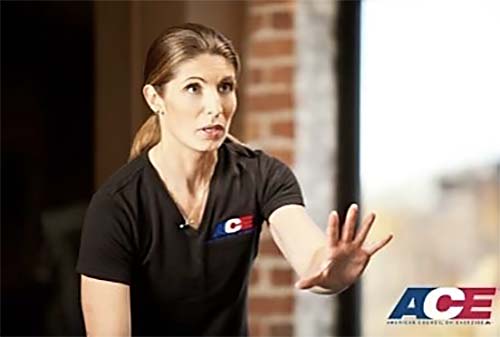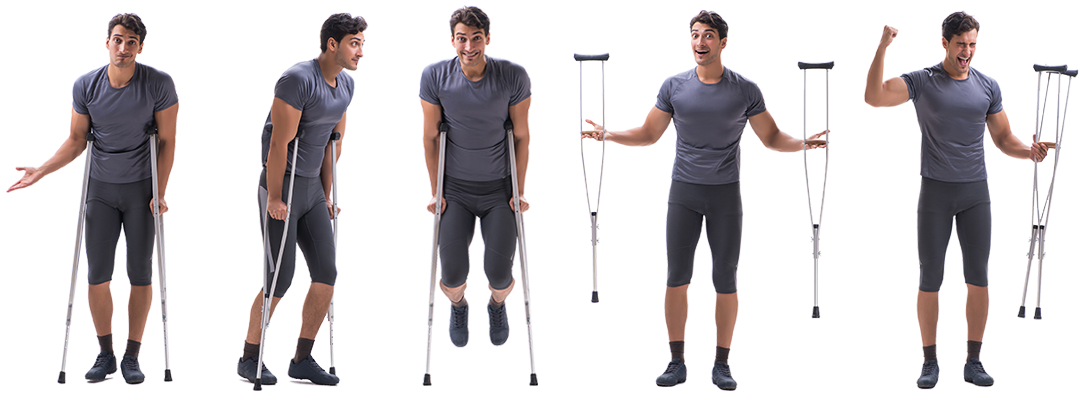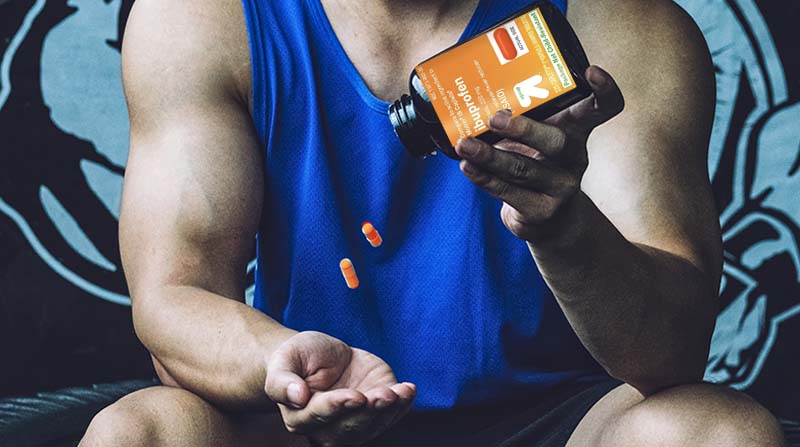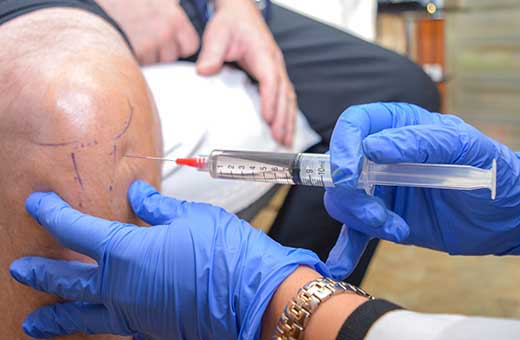Case Report: Health Educator and Former NCAA Division II Strength and Conditioning Coach

I have always been very physically active, working almost 20 years in the fitness/coaching industry. I am now in my mid 40’s, and I have learned how important it is to take care of my body. My career requires me to be in top physical shape at all times. My body is my moneymaker; exercise is my stress reliever, and I don’t have time for injuries.
But life happens. When I was in my early 30s, my car was hit by a bus while in San Francisco, and I was left with injuries around the right shoulder and right side of my body that did not resolve and that none of the doctors I had seen knew could diagnose or knew how to treat. I went to numerous specialists to find a way to “fix” my issue. After six months of being in pain and not able to lift weights, I became depressed. To make the situation worse, I put on 40 pounds from my lack of exercise, stress, and depression.
I spoke to Dr. Alderman (one of my training clients) about my “issue,” and her confident response was, “Let’s shoot it.” I, like many, had never heard of Prolotherapy before. I was skeptical that it could help—although, scientifically, the treatment made sense to me. I read the first edition of Dr. Alderman’s book so I could know what I was signing up for. I felt more comfortable about getting the treatment once I understood how it worked. Besides, at that point, I was running out of hope and felt I had nothing to lose.
Dr. Alderman did four treatments of Dextrose Prolotherapy one month apart, and, much to my surprise, I was fixed! I was no longer in pain. I was then on a mission to get back to my workouts and was very motivated to lose the 40 pounds I had gained while injured. I took the weight off, returned to my pull-ups and lifting, and even got my six-pack back! I realized that prior to this injury, I had taken my physical ability for granted. However, now I had my life back and was determined to keep it. I went on to become first Assistant, then Head Strength and Conditioning Coach, at a Division II athletics program.
Five years after that injury, which has never returned, I hurt my hip working out. I had excruciating pain that radiated from my groin down to the top of my thigh. I thought it would go away, so I ignored the pain for a good six months before I couldn’t take it anymore. Finally, I saw Dr. Alderman, who did a diagnostic ultrasound and concluded I had a hip labral tear. Because of the type and location of this injury, this time she recommended PRP Prolotherapy. I noticed a huge difference after just one treatment; after three treatments six weeks apart, I was good to go. It’s been over eight years since the last treatment on my hip and over thirteen years since my last upper back/shoulder treatment, and I am still going strong on both. Because of Prolotherapy, I was able to remain in my profession.
Jessica Balzano,
MS Human Movement Science, NSCA-CSCS



